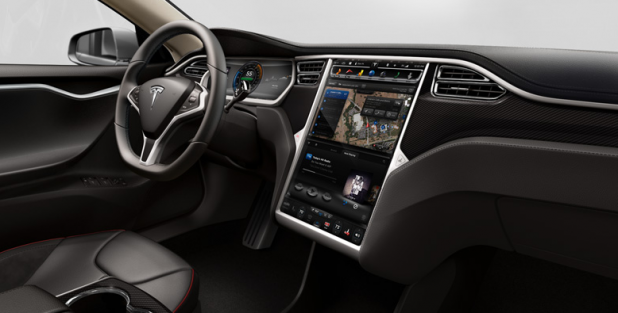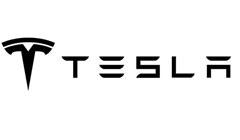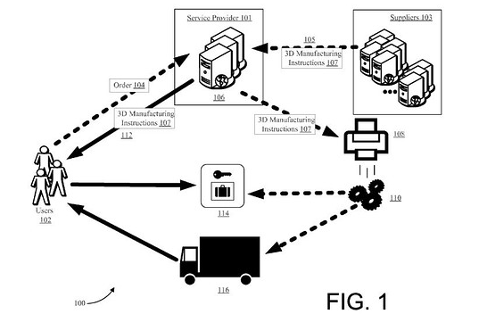Tesla, Ford, Amazon Hint at Cloudy Future for Cars
The automobile, once the most analog of technologies, is rapidly becoming a smartphone on wheels: Amazon announced Feb. 13 that Ford SYNC Applink-equipped vehicles will include the Amazon Cloud Player, allowing drivers to access their music libraries via voice command or dashboard controls. Supported vehicles include the Mustang, Fusion, F-150 and Ford Fiesta. The idea of accessing music via the cloud could appeal to anyone who ever wrestled with how to connect their digital music device or portable CD player to a set of car speakers, much less keep that piece of hardware from falling off the dashboard tray while in transit. Ford isn’t the only automotive company seeking to integrate cloud computing into the driving experience. Tesla Motors’ Model S electric sedan boasts a 17-inch capacitive touch-screen in place of the usual dashboard buttons and dials: the driver or passengers can use it to adjust the vehicle’s temperature and lights, browse the Web, arrange a road-trip playlist, or display a map. According to The Verge, which interviewed Tesla chief engineer Franz von Holzhausen, the company sends over-the-air updates to the dashboard software. Last August, the U.S. Department of Transportation and the University of Michigan announced a plan to make cars “talk,” installing a fleet of roughly 3,000 vehicles with DSRC (Dedicated Short Range Communications) devices that would allow them to communicate wirelessly about speed and location; in theory, whenever two cars appear to be on a collision course, those onboard devices will alert the driver to take evasive action. While the results of that $25 million experiment won’t be known for some time, automobile manufacturers and IT vendors are already studying how to best use sensors and wireless technology to help drivers avoid collisions and navigate between multiple points. The most famous example of this is Google, which has spent considerable time testing out “driver-free” cars, capable of motoring along a complicated route without crashing into pedestrians or other vehicles. Hands-free driving, of course, would leave the human passengers to do anything they wanted. Install a dashboard or seatback touch-screen with access to apps, music, movies, and games, and the automobile becomes a mobile living room. It’s not a future everybody wants—there are more than a few wannabe Steve McQueens who won’t feel complete unless they can stomp on a pedal connected to an internal-combustion engine, flick a physical dashboard knob to the radio station of their choice, and peel out their driveway in a cloud of burning rubber. But as cloud-based technologies improve, it could well be the future we’re going to receive. Image: Tesla



